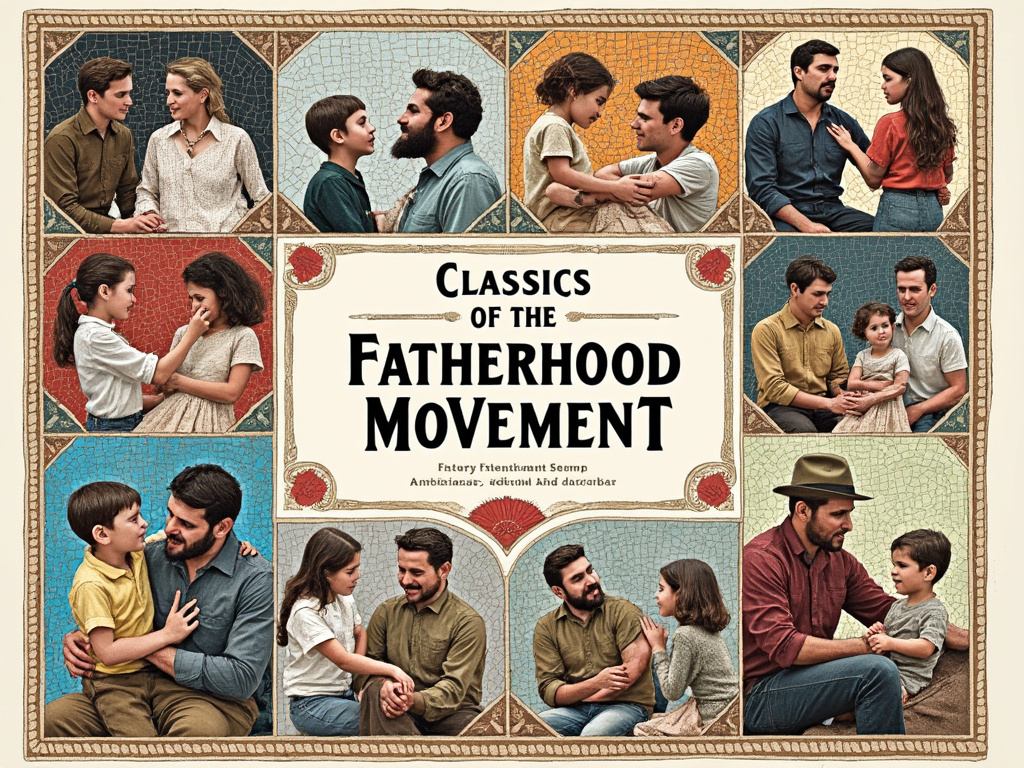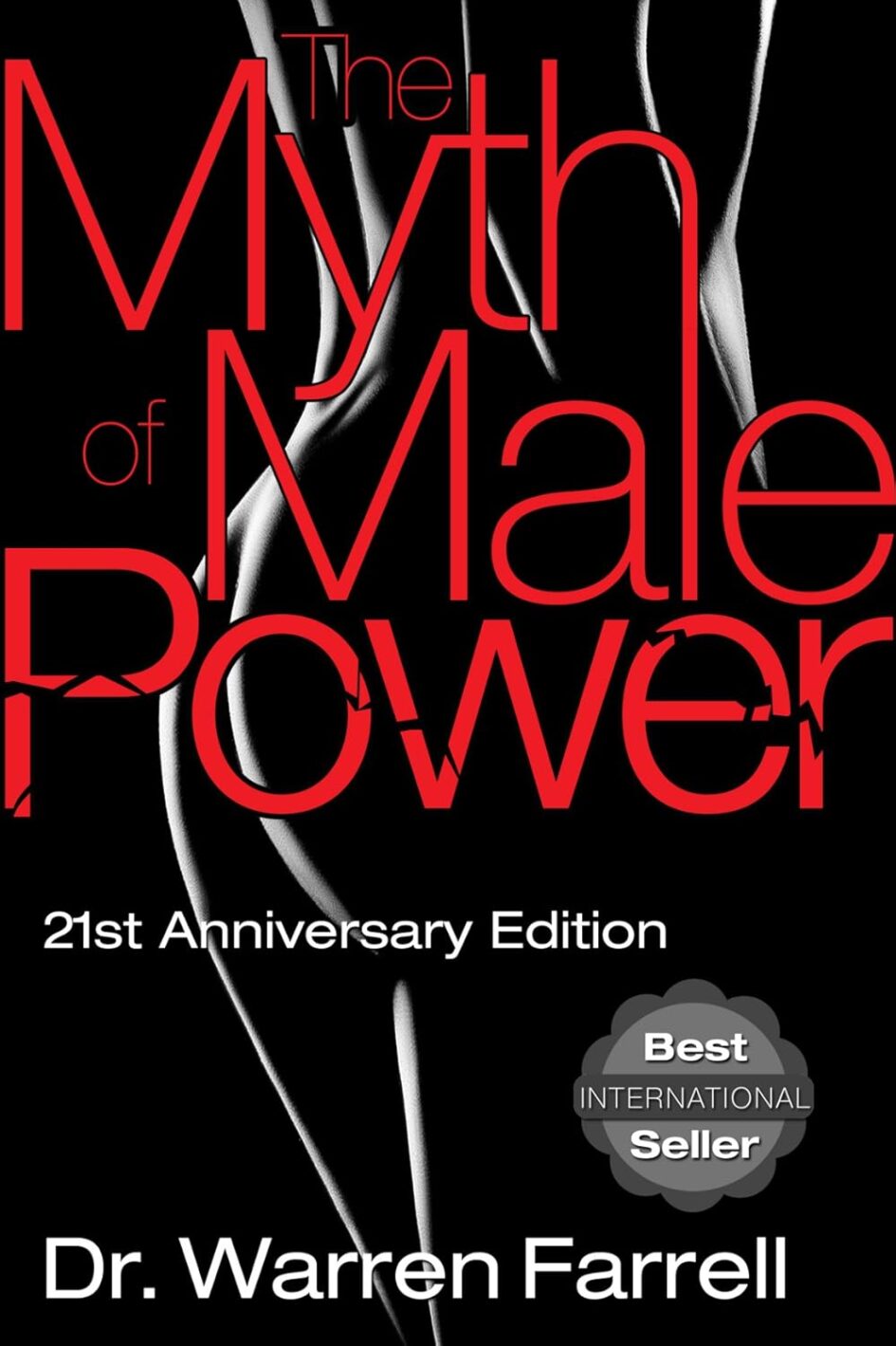To mark the 50th anniversary of the Australian Family Law Act in 2025 A Sense of Place Magazine is running this series Classics of the Fatherhood Movement.
Also, keep an eye out for the upcoming book from A Sense of Place Publishing, Failure: Family Law Reform Australia by veteran journalist John Stapleton.
Warren Farrell, once a leading figure in the National Organization for Women, pivoted his focus to men’s issues after recognising what he perceived as overlooked aspects of male experience. In “The Myth of Male Power,” published in 1993, Farrell argues that society has misunderstood the nature of power concerning gender.
He begins by dissecting the traditional assumption that men hold power over women. Farrell contends that male power is often an illusion, or rather, a “myth.” He explains that societal structures, from early childhood to old age, enforce roles upon men that might look like power but are, in fact, responsibilities and obligations that limit male freedom.
Key Points
- The Death Risk: Farrell highlights how men are more likely to die from various causes, including work-related accidents, homicide, and war. He attributes this to societal expectations for men to undertake dangerous jobs and to serve in combat roles disproportionately.
- The Disposability Factor: He introduces the concept of male disposability, suggesting that men are seen as expendable, especially in roles where physical risk is high. This disposability, he argues, is a far cry from power.
- The Women and Children First Ethic: Farrell discusses historical and cultural norms where men are expected to sacrifice for the safety and well-being of women and children, a norm that he believes undercuts any notion of male dominance.
- The Glass Cellar: While women might speak of a glass ceiling, Farrell introduces the “glass cellar,” where men are forced into undesirable, dangerous, or dirty jobs from which they cannot easily escape.
- The Marriage and Divorce Imbalance: He delves into how marriage laws and divorce settlements often disadvantage men, pointing out the economic and emotional toll this can take.
- The Education Disparity: Farrell notes the educational system’s shift towards favoring girls, which he argues leads to boys being left behind academically and socially.
- The Myth of the Sexually Aggressive Male: He challenges the stereotype of men always being the sexual aggressors by discussing male sexual insecurity and the pressures men face to perform sexually.
Quotes from the book
- “The myth of male power is that men run the world, when, in fact, a handful of men run the world, leaving the rest of us to get crushed between the millstones of their competing interests.” – Warren Farrell
- “Men are not a disadvantaged minority or gender, but when you look at the way in which society treats boys and men compared to girls and women, you see that in many ways they are the disadvantaged gender.” – Warren Farrell
Positive Reviews
- “A Provocative Re-Examination” – One of the positive reviews comes from a perspective recognizing the book’s boldness in addressing rarely discussed aspects of gender inequality. The reviewer praises Farrell for his comprehensive research and his ability to bring to light issues that are often overlooked in mainstream discussions about gender. “Farrell’s work is a necessary provocation, forcing us to see the other side of gender dynamics, where men are not always the oppressors but often the oppressed.”
- “A New Lens on Gender Issues” – Another positive review highlights how “The Myth of Male Power” offers a fresh perspective that challenges the status quo. This reviewer appreciates Farrell’s approach in demystifying what power means in a gendered context and how it’s distributed. “This book is not just about men; it’s about understanding power, gender, and societal expectations in a way that could lead to mutual empathy and better solutions for both genders.”
Despite its controversial reception and criticisms for potentially downplaying women’s issues or misrepresenting data, “The Myth of Male Power” has undeniably opened up discussions on men’s issues which were relatively unexplored when it was published. Farrell’s work has been foundational in the men’s rights movement, sparking debates about gender roles, societal expectations, and the true nature of power and privilege in our society.
Remember, while Farrell’s book has received positive feedback for its perspective, it’s also met with significant criticism for its methodology, interpretation of statistics, and perceived minimization of women’s struggles. Engaging with this text requires a balanced view, considering both its contributions to gender discourse and its limitations.
CLASSICS OF THE FATHERHOOD MOVEMENT
CLICK ON THE IMAGE BELOW TO SEE THE SERIES SO FAR

OUT SOON
MARKING THE 50TH ANNIVERSARY OF THE AUSTRALIAN FAMILY LAW ACT






